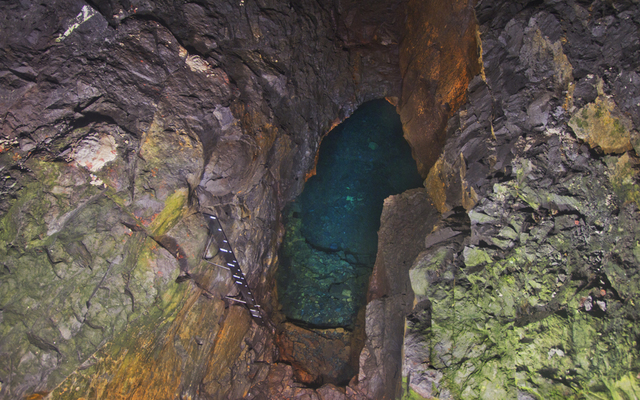Question: Meteorologists are now indicating that we are in a long-term global drought and Oahu has been experiencing a particularly dry winter. Some years ago, when Oahu’s population was several hundred thousand less and there were only 4 million to 5 million annual visitors using our water, the Honolulu Board of Water Supply used to publish water levels in the newspaper and cautioned residents on conservation measures. How does the public now find out how we stand regarding this precious resource? Do you have any suggestions as to who will provide a taxpayer an answer to the vital question of sufficient water supplies?
Answer: The Honolulu Board of Water Supply is looking into ways “to further raise public awareness about efficient water use, as the BWS works to continually build among Oahu residents a shared sense of stewardship for our island’s precious water resources,” said Tracy Burgo, the board’s acting information officer.
The options include “the possibility” of devoting a page on the BWS website to regularly updated data about Oahu’s water levels, along with water conservation tips and other information, said Burgo. “This effort is a work in progress while the BWS currently redesigns its website,” she said.
Some of the information you seek is available now on the website (boardofwatersupply.com Opens in a new tab), just not as easily accessible as it could be.
Burgo explained that monthly reports about levels at key indicator water sources on Oahu can be found via the regular BWS meeting notices posted at 808ne.ws/1U02wmf Opens in a new tab. Under the header “Meeting Notices,” click on any date to open the agenda for that month. Scroll down to the section titled “Items for Information” and look for “Status Update of Groundwater Levels at All Index Stations.” Click on the status update (the link won’t be highlighted) and you’ll see a summary for the island, followed by tables indicating specific usage.
The Feb. 22 update, the most recent available, reported that no aquifer index-well fell within “low groundwater status” for the production week that ended Feb. 6. Oahu’s rainfall index was 25 percent of normal for the month of January.
The previous month, Kaimuki was the sole aquifer-index well that fell within low groundwater status; it was under caution status for the production week that ended Jan. 2, according to the Jan. 25 status report.
Another useful source is the U.S. Drought Monitor, a collaborative effort that tracks conditions throughout the country. Hawaii’s site is found at dlnr.hawaii.gov/drought Opens in a new tab.
According to the Drought Monitor, 100 percent of Hawaii was “abnormally dry” as of March 1; within that total 60 percent of the state was experiencing moderate (54 percent) or severe (6 percent) drought conditions. By contrast, only 4 percent of the state was considered abnormally dry three months ago, with no drought conditions. Oahu was not the driest island overall, but as the state’s core population center, water usage and conservation are major concerns, as you note.
“In Hawaii, as the El Nino induced dry pattern persists, drought impacts are increasing, mainly affecting the agriculture sector and especially the ranching community,” according to the Drought Monitor, which said certain areas of Hawaii island now experiencing severe drought could face extreme drought in the weeks ahead.
Q: Auwe to those vandals who keep torching those bathrooms — assuming it is even the same people every time. Is the city going to be increasing security out there, either in the form of security cameras, security guards or even community patrols?
A: The Honolulu Police Department is stepping up patrols at Kaiaka Bay Beach Park in Haleiwa, especially at night, following repeated arson attacks that have destroyed or damaged bathroom facilities.
On Thursday, someone tried to burn down portable toilets that had been brought in to replace ones that were burned to the ground on Feb. 22. The units that were destroyed had been in place since 2014, when the park’s permanent comfort station was heavily damaged by fire. All three fires were arson, authorities said.
Anyone with information about any of the crimes is asked to call 911 or CrimeStoppers (955-8300 or *CRIME on a cellphone).
Write to “Kokua Line” at Honolulu Star-Advertiser, 7 Waterfront Plaza, Suite 210, 500 Ala Moana Blvd., Honolulu 96813; call 529-4773; fax 529-4750; or email kokualine@staradvertiser.com.

